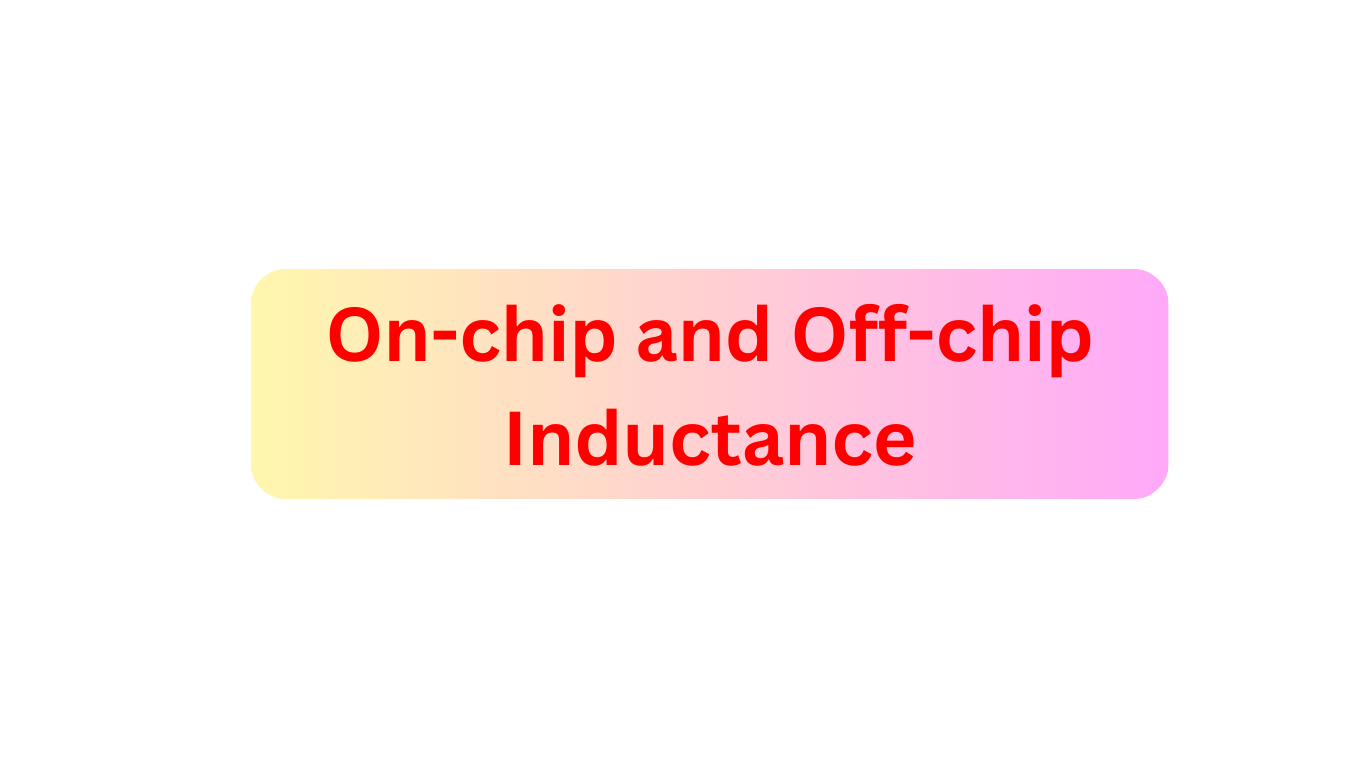
On-chip and Off-chip Inductance
The distinction between on-chip and off-chip inductance has been a longstanding consideration in the field of electronics design, particularly concerning the design of interconnects. While extensive modeling efforts have been developed for off-chip designs, these approaches are not directly applicable to on-chip interconnects due to the more intricate wiring environment and distinct geometries of on-chip connections. The key contrasts between on-chip and off-chip interconnects are outlined as follows:
Return Path: In off-chip designs, ample ground planes are usually incorporated into layouts to mitigate inductance (e.g., stripe-line structure). The inclusion of these additional wires doesn’t introduce significant overhead to the design. Consequently, the paths for current return are well-defined, allowing for the derivation of approximate formulas for inductance analysis. Conversely, on-chip interconnects often lack well-defined return paths due to constrained routing resources.
Resistive Loss: Off-chip interconnects boast larger cross-sectional areas compared to on-chip counterparts. This results in diminished losses in off-chip interconnects, rendering them less prone to transmission-line effects like wave reflections. Analyzing off-chip interconnects can often involve employing low-loss transmission-line theory. On the other hand, on-chip transmission lines typically exhibit higher losses, leading to more intricate analysis.
Routing Complexity: On-chip interconnects are significantly denser in routing compared to their off-chip counterparts. This means that a considerably greater number of neighboring wires must be considered in the analysis to accurately estimate current return paths and interconnect behavior.
Termination: While terminating off-chip interconnects can be relatively straightforward by using a resistor to match the line’s characteristic impedance [Z0 = (L/C)^1/2], achieving ideal termination for on-chip interconnects is challenging. This is because the characteristic impedance of on-chip interconnects is not purely resistive (Z0 = [(R + jωL)/jωC]) and the driver size is typically optimized for minimizing delays. Consequently, the driver’s output impedance may not align with Z0, and on-chip loads tend to exhibit predominantly capacitive input impedance.
In essence, the differences between on-chip and off-chip interconnects stem from factors like return path definition, resistive losses, routing intricacies, and termination challenges. Each context necessitates distinct considerations and methodologies for effective interconnect design.